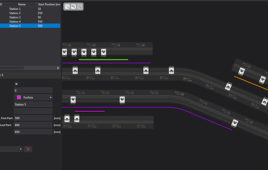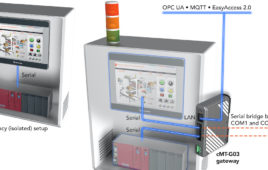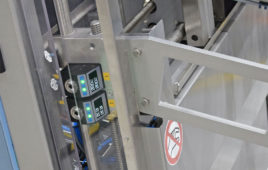Revolutionary new electronic devices, such as those required for next-generation computers, require new and novel material systems. Scientists at the University of Minnesota and Pacific Northwest National Laboratory showed that combining two oxide materials in one particular orientation gives rise to a densely packed sheet of highly mobile electrons. The sheet is created when bound electrons jump across the junction of a neodymium-based oxide, NdTiO3, to a material based on strontium, SrTiO3, and become free. The density of these electrons—the highest ever observed at the junction of two materials—paves the way for a new class of electronic devices.
New kinds of electronic devices that exhibit novel functionalities are constantly being sought after to expand our technology base. One such device, which cannot be fabricated with existing electronic materials, is a high-frequency plasmonic field effect transistor. This device can turn a larger electronic signal on and off very fast, something not achievable with traditional semiconductor materials, such as silicon. The interface between NdTiO3 and SrTiO3 constitutes such a pathway, even though neither oxide conducts electricity as a pure material.
By depositing alternating, ultra-thin layers of NdTiO3 and SrTiO3 on a crystalline surface, and investigating their properties experimentally and theoretically, the researchers demonstrated that a very high density of mobile electrons can be generated and confined within the SrTiO3 layers. The mobile electrons jump from the NdTiO3 layers, where they cannot easily move, into the SrTiO3 layers, where they are free to move.
Why do the electrons jump? A certain number must jump from NdTiO3 into SrTiO3 to stabilize the combined material system. The charges that stabilize the neodymium (Nd) and titanium (Ti) ions in NdTiO3 cannot be reached without electron rearrangement, and part of this rearrangement involves some electrons jumping across the junction into the adjacent SrTiO3 layers. However, when the NdTiO3 layer reaches a certain thickness, it becomes energetically favorable for additional loosely bound electrons in the NdTiO3 layer to spill over into the adjacent SrTiO3 layer, like water running over a waterfall. Once this happens, the SrTiO3 layers become conducting channels with a high density of mobile electrons.
Filed Under: M2M (machine to machine)




